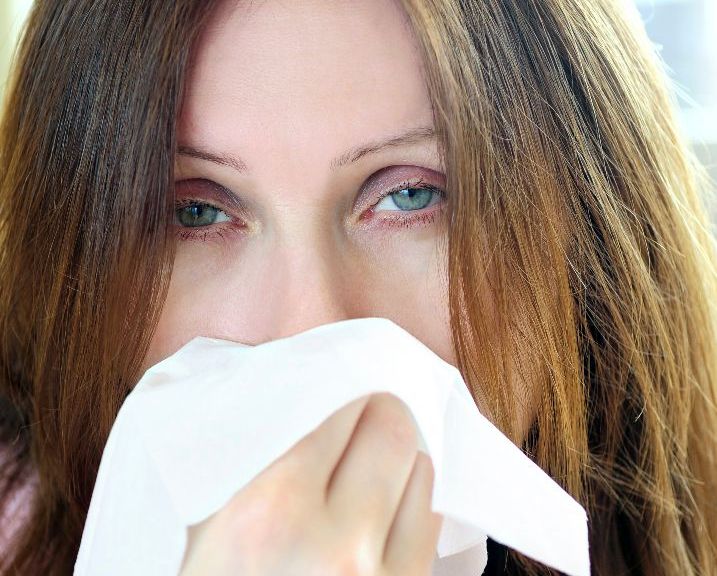
Springtime is the worst time of the year for hay fever sufferers, with it the start of the hay fever season. As there are several types of hay fever reactions, understanding the common links to the allergy is crucial to recovery.
Seasonal allergic rhinitis is another term for hay fever. Rhinitis refers to the inflammation of the mucous membrane of the nasal passages, therefore allergic rhinitis is the occurrence of those symptoms associated with the inhalation of allergies. These allergies are commonly wind borne pollens and grasses. Hay fever that occurs all year around is known as perennial hay fever or perennial allergic rhinitis, and is often triggered by animal dander, dust mites, fungal spores and feathers. Irritants such as strong perfumes and tabacco smoke can aggravate the condition.
Of course, removing the allergen reduces the cause, but what can help the condition?